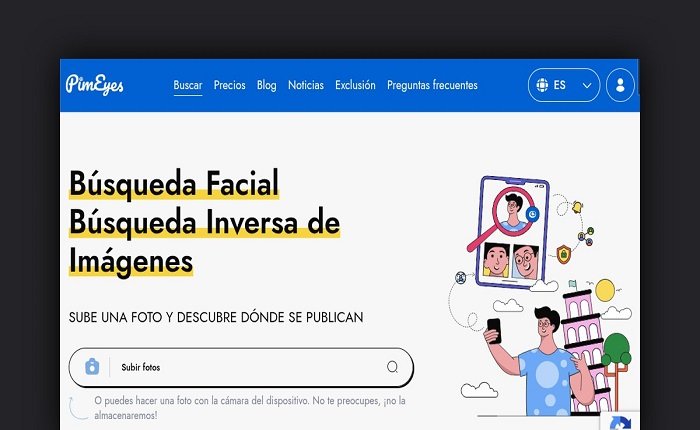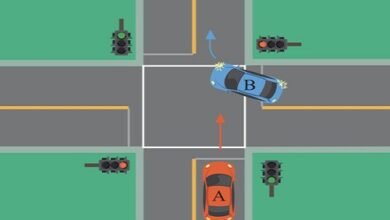PimEyes: The Powerful AI-Powered Facial Recognition Search Engine

PimEyes is a sophisticated facial recognition search engine that enables users to seek images of themselves or others online. It uses artificial intelligence to scour the web for matching images and show sources in which they appear. The reasons include security, personal privacy, and investigative purposes. However, it also invokes serious ethical questions about privacy and abuse.
How PimEyes Works
PimEyes uses AI and deep learning algorithms to study facial features in photos you upload. It then scours millions of sources on the web, including blogs, social media , and news sites, for matching images. Pim Eyes is extremely accurate because it only uses facial structure to identify images, compared to Google Reverse Image Search, which uses metadata and visual similarities. The results often come with links back to the websites where the images appear, giving users a way to follow their images.
How Accurate and Effective Is PimEyes?
You’ll get an incredible percentage accuracy of matching faces, pimeyes . Its advanced AIAI can recognize images even if edited, cropped, or shot at different angles. At the same time, the underlying technology of PiEyes gets better and better as it sees more data; the more data, the better it performs. However, false positives can still happen, meaning users must validate results carefully before making decisions.
Do not try me. I am Dirt-Simple, low-tech—just Enough Hiding. You Are Not Going to Find Me, Google.
PimEyes serves great personal privacy security as one of its primary use cases. It can even help people determine if their pictures have been used without their permission. This is particularly helpful for people worried about identity theft, catfishing, or having their photos used without their permission. Users can then take appropriate actions (like requesting the removal of images) to mitigate the violation or file copyright complaints.
PimEyes for Journalists & Investigators
Journalists and investigators use PiEyes for research, fact-checking, and uncovering identities in cases of misinformation. The use of individuals is also helpful in investigative journalism, missing person cases, and criminal investigations. Although this technology offers such powerful abilities, it raises ethical concerns about its potential misuse by those with malicious intent.
PimEyes is an alarming example of a surveillance tool gone wrong.
PimEyes is ethically controversial in that concerns that it can invade privacy and be abused. Critics warn that the tool could be abused for online stalking, harassment, or surveillance without users’ knowledge. Although PiEyes provides options to opt out of searches and claims to comply with privacy laws, concerns persist about its ease of access and how people can protect themselves from unwanted searches. Privacy vs Technology: A Balance Still to be Found
Is PimEyes better than Google Reverse Image Search?
Unlike Google Reverse Image Search, PimEeyes uses facial recognition technology and takes a different approach. Whereas Google looks for metadata about an image or broad visual likeness, PimEyes searches specifically for facial characteristics. That makes Pim Eyes more efficient in finding the same faces—no matter how much those images have been edited or manipulated. Google’s tool, however, is free, while PiEyes requires a subscription to access all search results.
How to Use PimEyes Effectively
It’s relatively easy to use: uploading an image, and the system searches the web for similar-looking photos. It’s a clear image with a high resolution that is suggested for an even better result. Although the free version has access limits, the premium plans come with extra tools like deeper searches and alerts for new matches. It is advised to consult only with credible sources and be used responsibly to avoid any ethics-related issues.
PimEyes – Pricing and Subscription Plans
PimEyes has free and subscription plans. The free option only returns a limited number of search results, whereas the premium plans give you access to advanced features like unlimited searches, tracking alerts, and detailed reports. The cost of the subscription varies based on the level of access required. Despite the cost, it is a powerful and useful tool for most users.
The future for PimEyes and facial recognition technology
Facial recognition systems are advancing rapidly, and PimEyes is leading the charge. AI advances further, making facial search applications more accurate and available. The reality is that with those tools comes the responsibility and power of the world to abide by a clearer set of guidelines. Responsible use, safeguarded with people’s privacy, will play a pivotal role in how facial recognition fits our society.
Conclusion
PimEyes is an enticing AI-powered facial recognition tool with many advantages—and just as many threats. It helps people protect their privacy, aids journalists in investigations , and offers a unique way to search for images. Nevertheless, ethical concerns about privacy invasion and misuse would need to be addressed. In this rapidly advancing technological landscape, a careful balance between security measures and ethical considerations will be critical as facial recognition search engines continue to prominence.
FAQs
Is PimEyes free to use? PimEyes offers a free version with limited search capabilities, but full access to search results requires a paid subscription.
Can PimEyes be used to track people without their consent? While Pim Eyes is designed for ethical use, it can potentially be misused. Privacy concerns exist, and users should follow legal guidelines.
How accurate is Pim Eyes in finding images? PimEyes is highly accurate and can identify faces even if they are altered or cropped. However, occasional false positives may occur.
How can I remove my images from PimEyes? Pim Eyes provides an opt-out feature that allows users to request the removal of their images from its database.
What are the alternatives to PimEyes? Alternatives to PiEyes include Google Reverse Image Search, TinEye, and other AI-based facial recognition tools, though they vary in accuracy and features.





